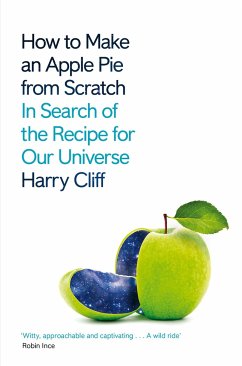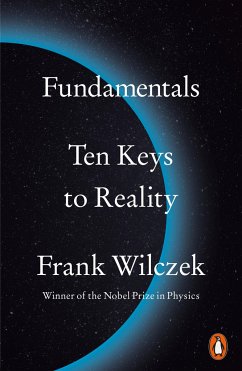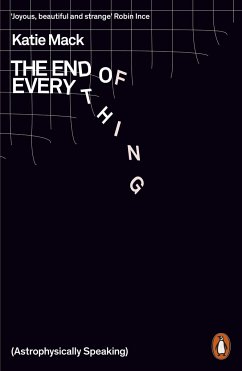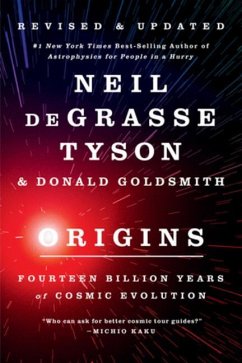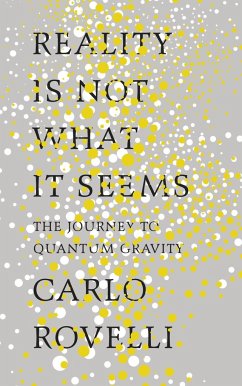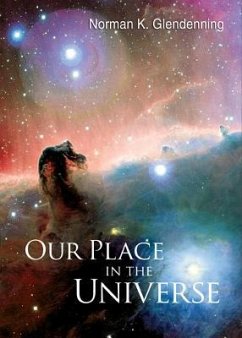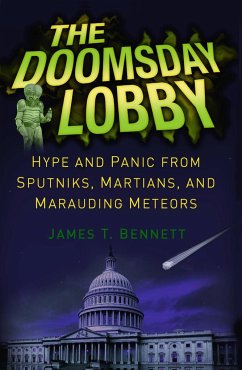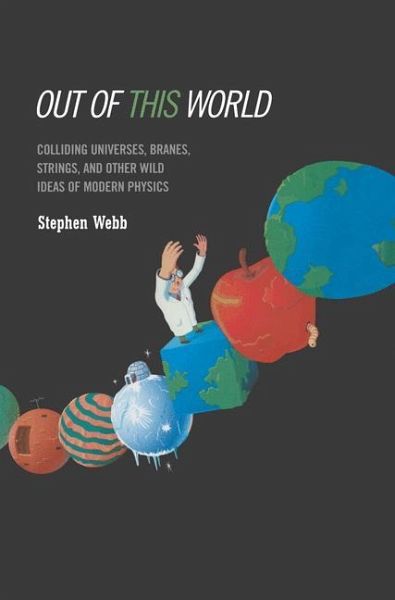
Out of this World
Colliding Universes, Branes, Strings, and Other Wild Ideas of Modern Physics

PAYBACK Punkte
11 °P sammeln!
This book is an attempt to share some of the fascinating and exciting ideas of modern theoretical physics with a non-mathematical audience. I also hope to give some appreciation of the exceptionally creative people who have generated these ideas. I had no intention of writing a comprehen sive history of these ideas, however; I apologize to those physicists whose important contributions I may have omitted. Several people have contributed directly to the writing of this book, and I would like to take this chance to thank them. Clive Horwood of Praxis Publishing and Paul Farrell of Copernicus Boo...
This book is an attempt to share some of the fascinating and exciting ideas of modern theoretical physics with a non-mathematical audience. I also hope to give some appreciation of the exceptionally creative people who have generated these ideas. I had no intention of writing a comprehen sive history of these ideas, however; I apologize to those physicists whose important contributions I may have omitted. Several people have contributed directly to the writing of this book, and I would like to take this chance to thank them. Clive Horwood of Praxis Publishing and Paul Farrell of Copernicus Books have both been supportive of the project. Anna Painter has been an exceptionally thorough editor and has provided invaluable advice. Dr John Mason and Lyman Lyons both offered constructive criticism of an early draft. The errors that remai- and errors and misinterpretations are inevitable in any attempt to explain the subtle ideas of theoretical physics without the aid of mathematics - are my sole responsibility. I would like to thank Ron, Ronnie, Peter, Jackie, Emily, and Abigail for their support. And, most importantly, I would like to thank Heike and Jessica for their patience. Stephen Webb Milton Keynes, April 2004 1X FIGURE CREDITS I would like to acknowledge the following sources and copyright holders for granting permission to use their images. Figure 8 is from the Wilson A. Bentley collection. Figure 14 is courtesy ofNASA.





